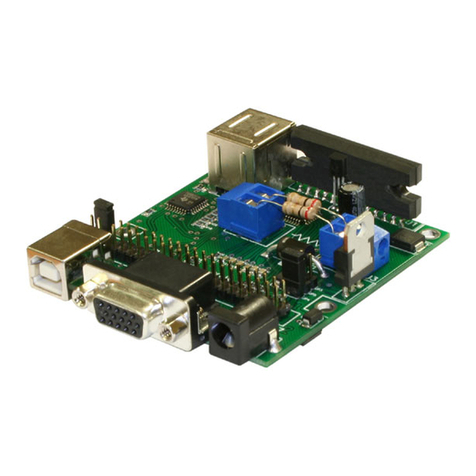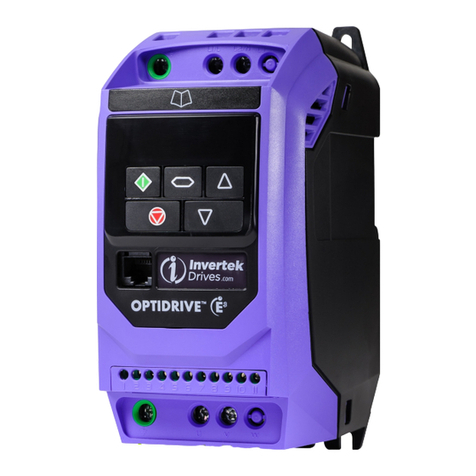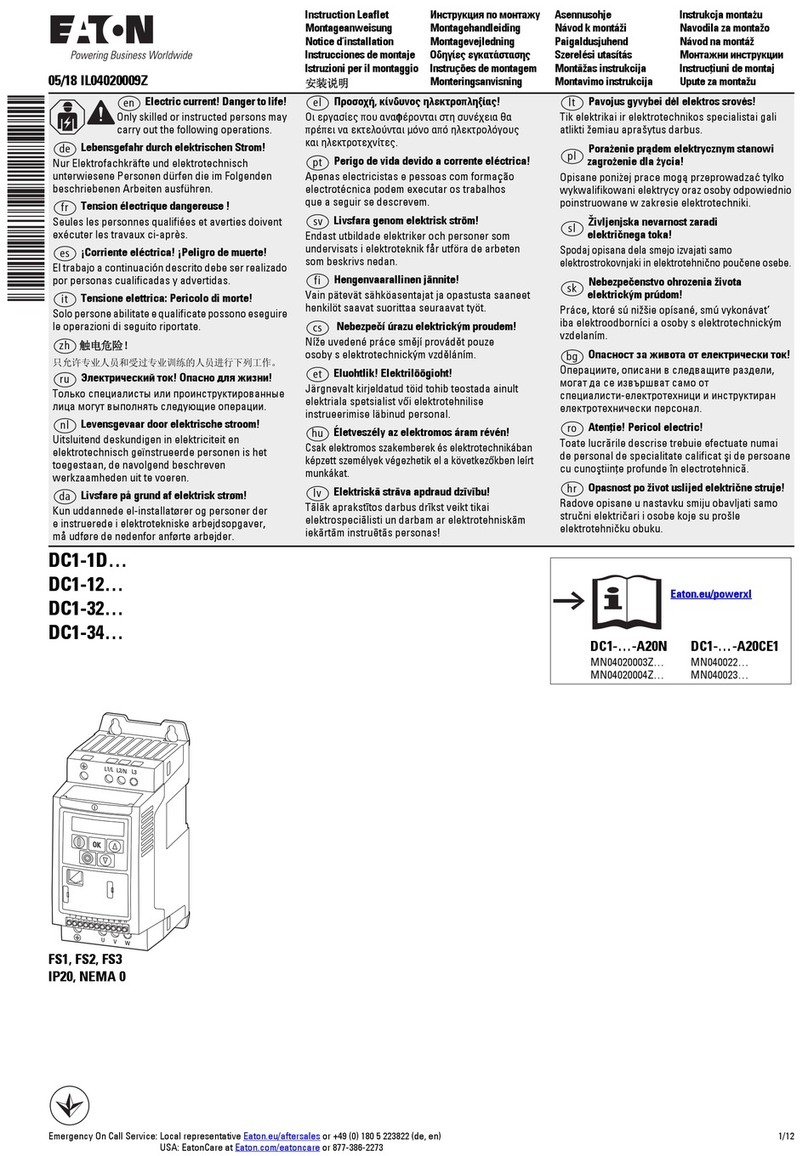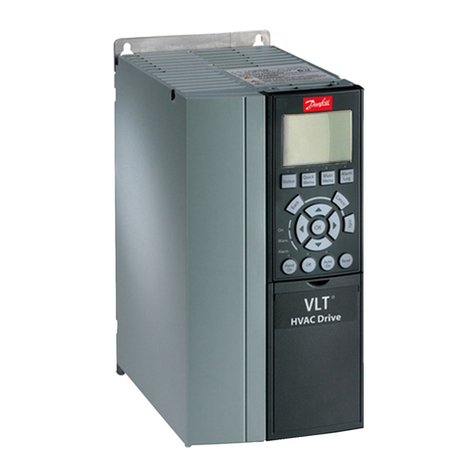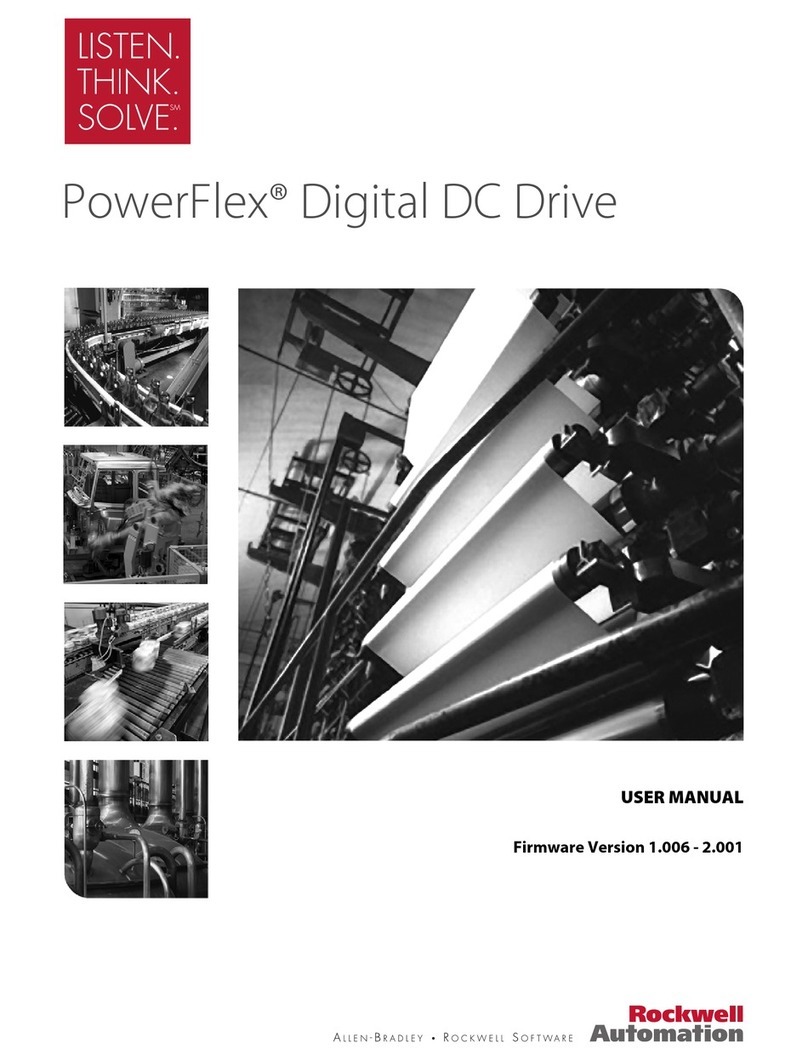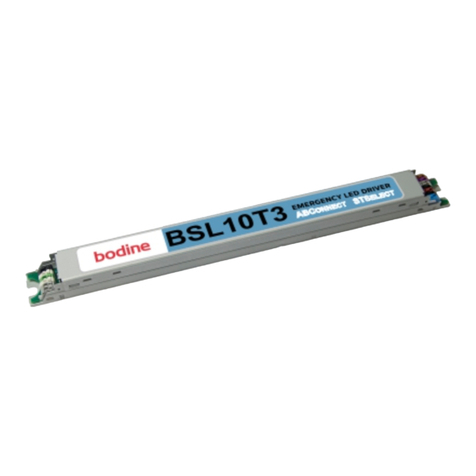Standa FBC1LD User manual

FBC1LD
-complete electronics for laser
diodes for Interferometer (HeNe
laser replacement)
USER'S MANUAL
Svitrigailos 4-39
03222 Vilnius Lithuania
2018 Rev. 1

- 2 -
Preface
This manual contains information user needs in order to unpack, safely install and operate
his –complete electronics for laser diodes for Interferometry (HeNe laser replacement) of
type FBC1LD.
The Chapter 1 “Unpacking and Inspection” describes briefly the unpacking procedure
and lists the items you should have received. The Chapter 2 “Laser Safety” is a very
important part of this manual. Please read it carefully and follow the instructions provided
within. The Chapter 3 “Device Description” contains a brief description of the device.
Device specifications are given in the Chapter 4 “Device Specifications” The next few
chapters describe the device controls, and then guide the user through its installation,
adjustment and operation. The last Chapter “Warranty and Cautions” describes
Warranty period and maintenance conditions for the FBC1LD device.
Every effort has been made to ensure that the information in this manual is accurate. All
information in this document is subject to change without notice. Standa makes no
representation or warranty, either expressed or implied, with respect to this document. In
no event Standa will be liable for any direct, indirect, special, incidental or consequential
damages resulting from any defects in this documentation.
If you encounter any difficulty with the content or style of this manual, please let us know
by sending a corresponding e-mail to sales@standa.lt
Thank you for your purchase of Standa product.

- 3 -
Table of Contents
FBC1LD ....................................................................................................................................................- 1 -
Preface.............................................................................................................................................................- 2 -
Table of Contents (TODO –have to be corrected after all chapters ready!)......................................................- 3 -
Chapter 1. Unpacking and Inspection................................................................................................................- 4 -
Chapter 2. Laser Safety......................................................................................................................................- 8 -
Chapter 3. Device Description
3.1. Brief introduction to the device...........................................................................................................- 9 -
3.3. Description ofcontroller ...................................................................................................................- 10 -
Chapter 4. Device Specifications .....................................................................................................................- 12 -
Chapter 5. Work
5.4. Connecting Controller to PC.............................................................................................................- 13 -
5.5. Gettingstarted ...................................................................................................................................- 14 -
Warranty...........................................................................................................................................................- 15 -
AppendixA. FBC1LD device Views ...............................................................................................................- 16 -

- 4 -
Chapter 1. Unpacking and Inspection
Device FBC1LD was thoroughly tested and carefully packed at Standa in a defect free container. Upon
receiving your device, immediately inspect the outside of the package. If the container is seriously damaged,
please unpack your system at the presence of the carrier representative.
Carefully inspect the device as you unpack it. If any damage is evident, immediately notify the carrier and the
Standa’s Sales Department.
Please keep the shipping container, as it might be useful if you need to return the laser system for service at
latter date.
Make yourself sure that the listed below components are present in your package.
1. Device FBC1LD.
2. Accessories:
a. Power Supply –there are three options:
i. YS16-1201200 –AC plug of type “EU”,
ii. GE12I05-P1J –changeable AC plug of 1 selected type,
iii. GE12I05-P1J –changeable AC plugs of all 4 available types.
b. Connection kit for laser diode cable (plug DB9M and plastic casing with screws).
c. Connection kit for grounding.
d. USB 2.0 cable “plug mini USB –plug USB A”.
Device FBC1LD

- 5 -
YS16-1201200 -AC plug “EU”option only.
*size on photo is not in scale with photo of the device
GE12I05-P1J –changeable AC plugs.
*size on photo is not in scale with photo of the device.

- 6 -
Connection kit for laser diode cable (plug DB9M and plastic casing).
*size on photo is not in scale with photo of the device.
Connection kit for grounding.
*size on photo is not in scale with photo of the device.

- 7 -
USB 2.0 cable “plug mini USB – plug USB A”
*size on photo is not in scale with photo of the device.

- 8 -
Chapter 2. Laser Safety
Device FBC1LD have to supply a laser. Pay attention to declared
in datasheet class of yours laser. Please read carefully this chapter
and take all necessary precautions to prevent accidental exposure
to both direct and reflected beams.
Danger!
LaserRadiation
Always have the power supply cover and the laser cover in place when the laser is connected to the line
power.
Wear protective eyewear at all times1.
Limit access to the laser to persons that are familiar with the equipment. Keep the laser out of the hands
of inexperienced or untrained personnel.
When the laser is on and the output beam is not being terminated in an experiment or optics system, the
beam should be blocked.
NEVER LOOK DIRECTLY INTO THE MAIN LASER BEAM, NEVER SIGHT DOWN A BEAM
INTO ITS SOURCE.
Do not allow reflective objects to be placed in the laser beam. Laser light scattered from a reflective
surface can be as damaging as the origin beam. Even objects such as rings, watchbands, and metal pens
or pencils can be hazardous.
Attenuate laser power to a low level to minimize intensity of accidental stray reflections or refraction’s
when aligning a chain of optical components in the laser beam.
Set up experiments so that the laser beam is NOT at eye level.
Post warning signs and limit access to the laser area when the laser is in operation.
NEVER LEAVE THE LASER ON, OPENED AND UNATTENDED!
1Standaoffers protective eyewear as well as beam dumps and laser beam shutters.For more information please browse subsection
Laser Safety of Laser and Laser Accessories section at www.standa.lt

- 9 -
Chapter 3. Device Description
3.1. Brief introductionto the device
The FBC1LD is a complete system to supply laser diode for Interferometer, containing laser diode driver,
temperature driver and controller.
Fig.1 Image of the FBC1LD device

- 10 -
3.3. Descriptionof controller
The device controller allows the laser to be monitored and controlled via the USB interface (adapter is
integrated). Please look to file JLV-SOFT9_software_screenshots.docx for control software.

- 11 -
All connectors and ports are located on the front and rear panels of FBC1LD. See the Fig. 3 for more
information
Fig.3 Front and rear panels of FBC1LD
Connection diagram of FBC1LD is shown in Fig. 4
Fig. 4 Laser diode connection diagram example. Pin5 is reserved for optional cable screen connection to GND circuit of the
device. Wiring colors are just example. Photodiode connection is not shown, because “constant power” mode is optional. For
information: photodiode anode must be pin7, cathode must be pin6.
Ground connection –user can connect ground of the device to user system ground in several ways: minus of
DC power circuit is ground, pin5 of laser diode connector and case of that connector are ground, two screws
(M4x10) on front and rear panels are ground. User can connect to user system ground all these circuits or some
selected –dependently on RF noise surrounding in user system. Note1: laser diode cathode (pin1) and
photodiode anode (pin7) also are connected to ground inside FBC1LD. But this configuration may change
across similar devices of company –do not connect these two circuits to ground separately. Note2: laser diode
driver inside FBCL1LD by design require connecting laser diode cathode to ground circuit –you can use laser
diodes with FBC1LD only of type “isolated” or of type “case is cathode”.

- 12 -
Status LED indicators STATUS1 and STATUS2. STATUS1 LED will blink 300ms ON and 300ms OFF in
normal mode. More frequent (100ms-100ms) blinking mean device is in “bootloader” mode. STATUS2 LED is
connected to processor, but not programmed for any actions - reserved for future functionality expansion.
Chapter 4. Device Specifications
Device specifications are listed below.
Laser diode current - programmable up to 200mA,
Output noise is less than 1 μA RMS,
PID control of laser diode temperature stability - better than +-0.001C (with NTC
resistor integrated into laser diode device),
PID control settings –programmable,
Dedicated for laser diodes:
ooperating voltage about 2V,
oisolated case (or cathode grounded),
oPeltier element and NTC 10k,
oPeltier element parameters: voltage about 2V and current up to 1000mA.
Main mode is “constant current”. Mode “constant power” is optional, require
photodiode (isolated or “anode grounded”) and require modifications on board (to
solder few resistors).
List of main parameters:
oPower supply –5V DC, 1A (connector “2.1/5.5, center is plus”)
oLaser diode current - programmable up to 200mA
oLow pass filter at output of laser diode driver - 1 ohm and 47 μF.
oLaser diode temperature control by Peltier element and by NTC resistor –
programmable from 12C to 30C (usually 16C).
oPeltier driver is bipolar, can source plus or minus 3V on 10 ohm.
oPeltier driver type is low noise linear full bridge amplifier.
oLow pass filter at output of Peltier driver - 2x100 μH and 4x47 μF.
oLaser diode connector of type DB9 (pins for laser diode, Peltier element, NTC
resistor and for optional photodiode).
oProgrammability –by using mini USB connector and Virtual COM port based on
Ftdichip solution (available on all main operating systems by download from
Ftdichip.com or from shipped media (USB Flash or CD) (if shipped) or from
Standa file server).
oUSB interface is galvanic isolated from the device electronics.
oSoftware –available user interface for Windows (from shipped media (USB
Flash or CD) (if shipped) or from Standa file server) and Windows dll libraries
(on request).

- 13 -
oCommunication protocol –is open and available on request. Note: protection
mechanism against unauthorized changes is included in protocol, not in
software. This means that custom software also will have protection
mechanism against unauthorized changes.
Protections:
oLaser diode Driver output voltage will be switched OFF in case of laser diode is
disconnected.
oLaser diode Driver output voltage will be switched OFF in case of laser diode
circuit voltage drop is below programmable threshold (short circuit
conditions).
oLaser diode Driver will be switched OFF in case of temperature, controlled by
connected NTC, is not in defined range.
oPeltier driver will be switched OFF in case of temperature, controlled by
connected NTC, is not in defined range (control of conditions of short or open
NTC).
oPower supply overvoltage or wrong polarity protections - can be active some
limited time period –user have to disconnect DC power source from the device
immediately if STATUS1 LED is not blinking and have to check that power
source independently.
5.4. ConnectingController toPC
Although laser control software allows user to monitor and to control laser settings, connection of laser
controller to PC is not required for successful laser operation. It is however recommended to connect the
laser controller to PC with running JLV-SOFT9 while performing the first time switching ON of device.
Connect controller to a PC with a USB Type A - M - mini-USB Type B –M cable,
Please refer to the “JLV-SOFT9 User’s Manual” to become familiar with controller operation under
JLV-SOFT9 software.

- 14 -
5.5. Gettingstarted
During initial investigation of functionality of controller and software, do not connect laser diode to the
controller. It is recommend to familiarize with the controller by using equivalent circuits –resistor 10ohm 2W -
instead of real laser diode, some small Peltier element 11x12mm coupled with NTC resistor 10k B25/85=3977
(for example), or resistor 10ohm 2W instead of Peltier element, or fixed value resistor 10k - instead of NTC
resistor. Also you can connect nothing –if you just want to look to software window and controller settings.
If your laser system, containing this controller and laser diode, already was tuned, check laser diode connection
and screw fixing before plugging power. Light emission have to start after power (DC 5V) plugging - do not
look to laser aperture.
To switch ON the laser system for the first time user should perform the following operations
1. Plug the DC 5V connector of the power cord into the front panel of the device (be sure AC-DC adapter
is connected to wall power). Light emission of laser diode appears after some delay time. This delay
consists of artificial about 4 seconds delay (by design) and delay to reach preset temperature of laser
diode (few seconds).
2. In case, if it is required controller state monitoring or/and want to change any presets, run JLV-SOFT9
software and establish communication between controller and PC by choosing the correct COM port.

- 15 -
Warranty
Standa device FBC1LD is guaranteed to be free from defects in material and workmanship for a period of 6
months after delivery. STANDA does not assume liability from installation, labor and consequential damages.

- 16 -
Appendix A. FBC1LD device Views
This manual suits for next models
2
Table of contents
Other Standa DC Drive manuals
Popular DC Drive manuals by other brands
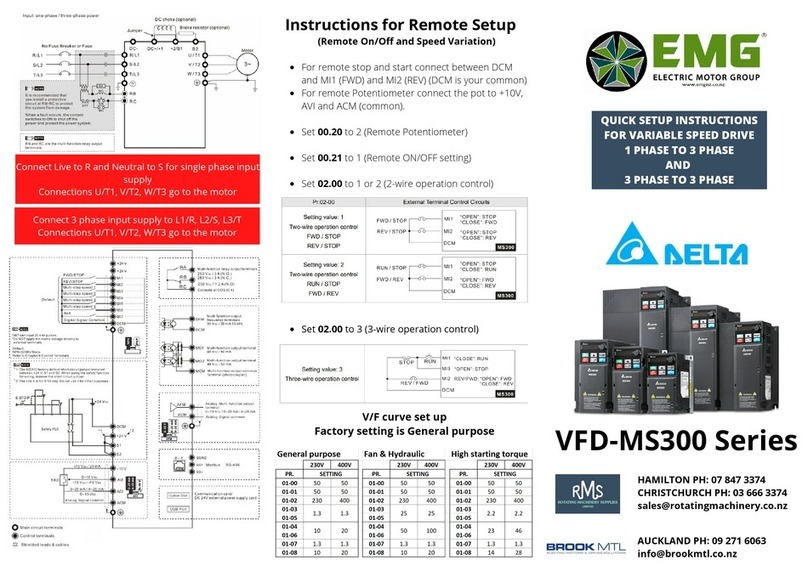
Delta
Delta VFD-MS300 Series Quick setup instructions
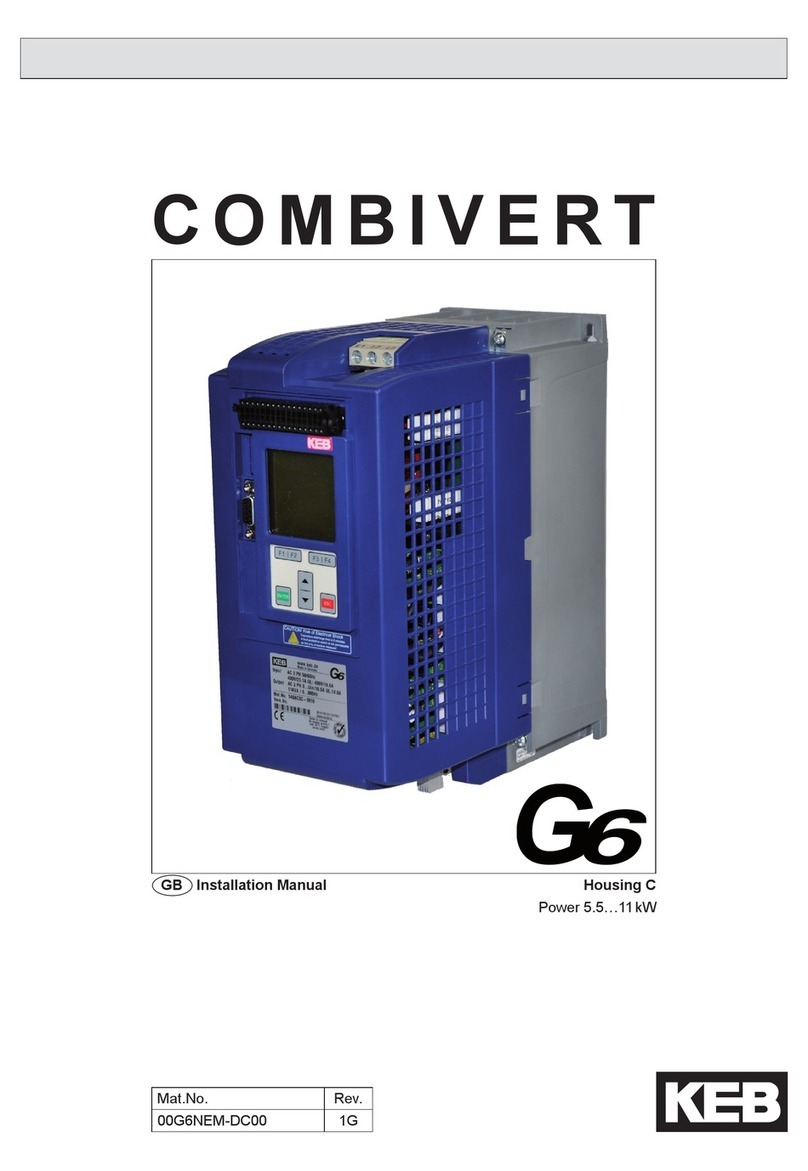
KEBCO
KEBCO COMBIVERT G6 series installation manual
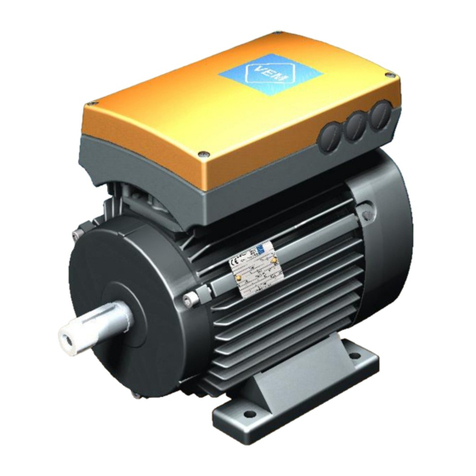
Vemco
Vemco M21 T Series quick start
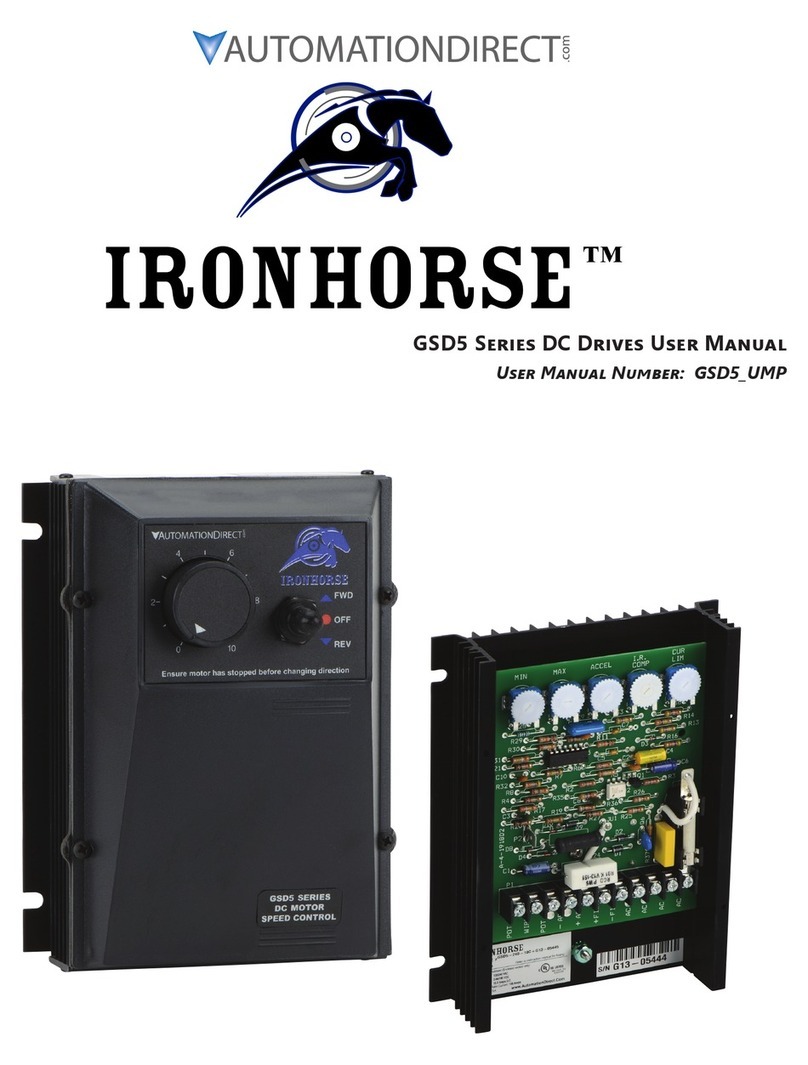
AutomationDirect
AutomationDirect IRON HORSE GSD5 Series user manual
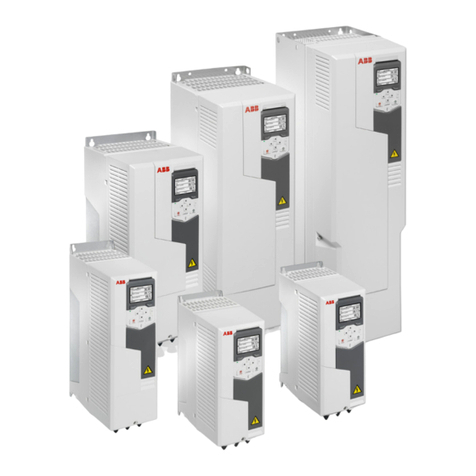
ABB
ABB ACS580-01 drives Installation supplement
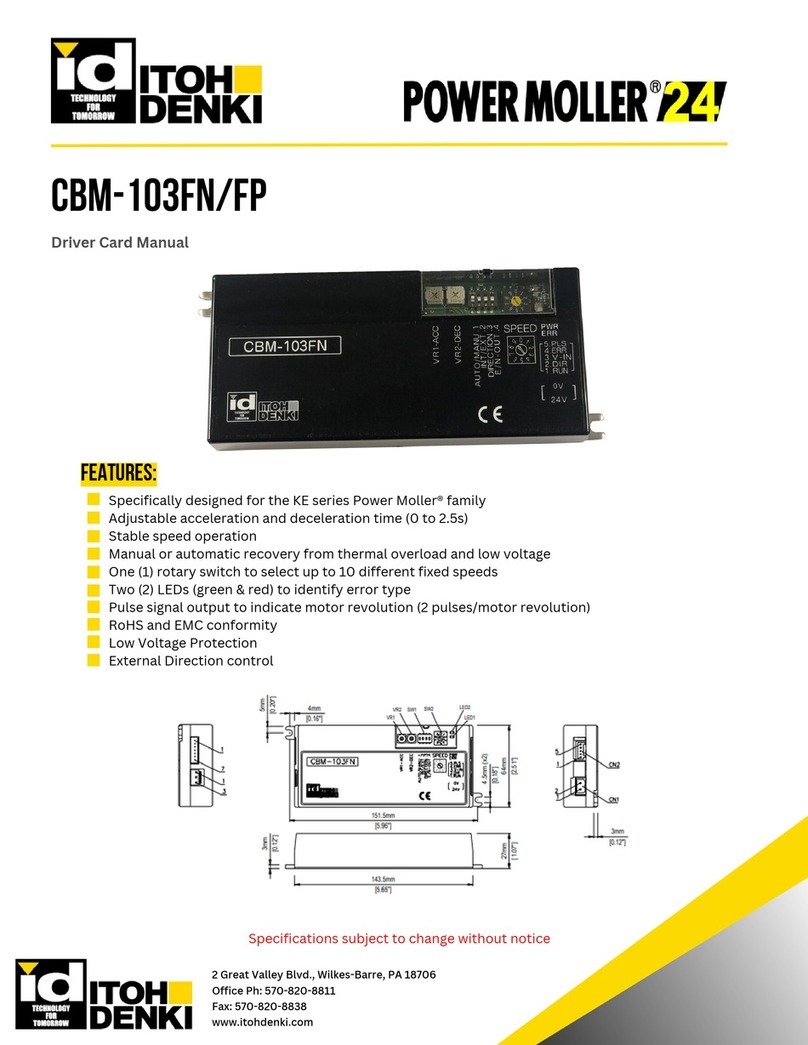
ITOH DENKI
ITOH DENKI POWER MOLLER 24 CBM-103FN manual

Mitsubishi Electric
Mitsubishi Electric FR-D720-0.2K-G instruction manual
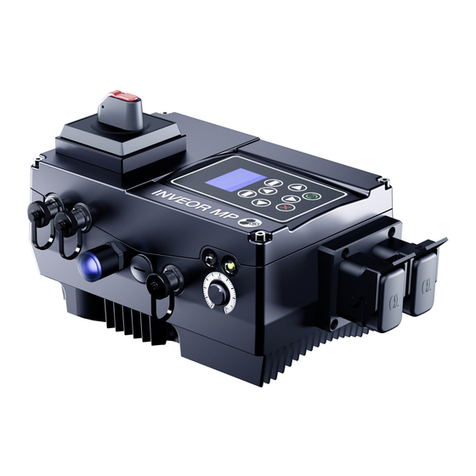
Kostal
Kostal INVEOR M operating manual

FOTEK
FOTEK Goodrive20 Series Operation manual
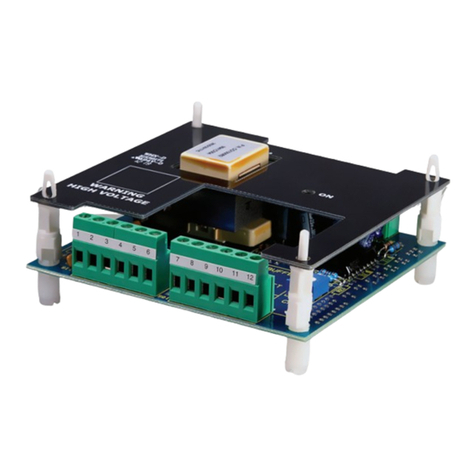
Sprint Electric
Sprint Electric Option CON113 product manual
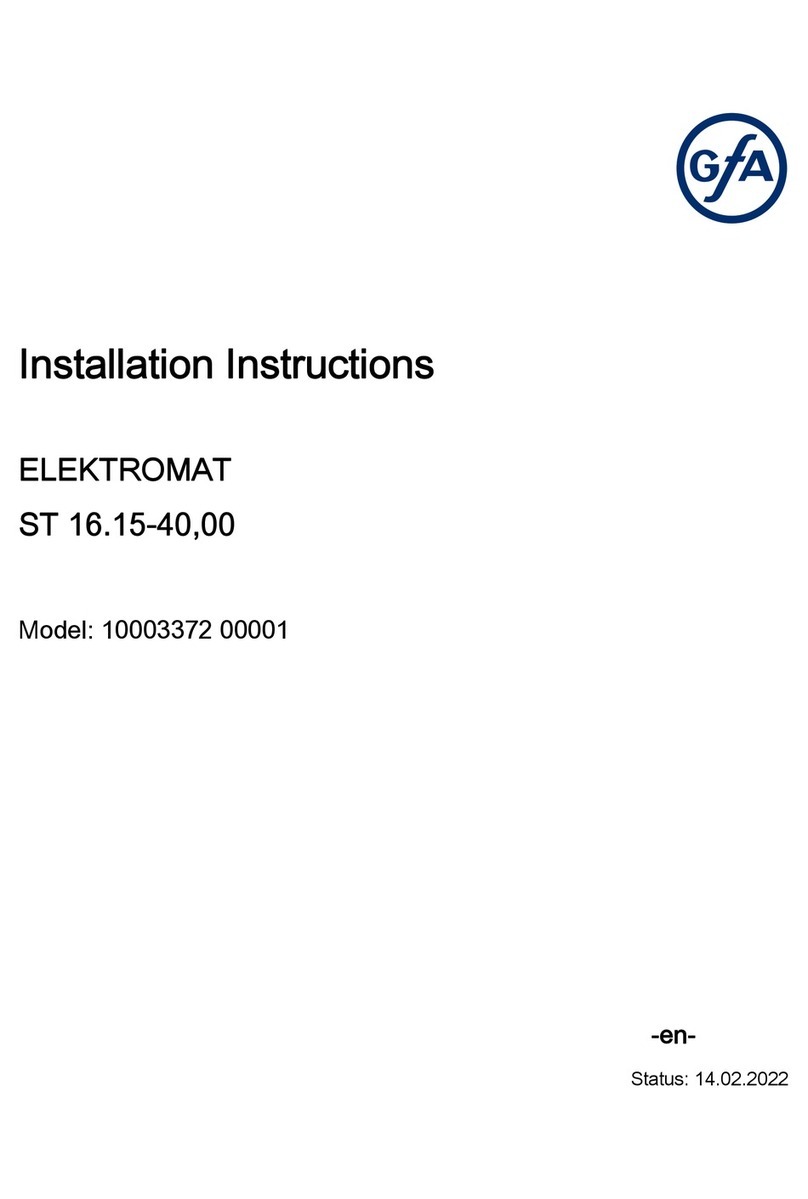
GFA
GFA ELEKTROMAT ST 16.15-40,00 installation instructions
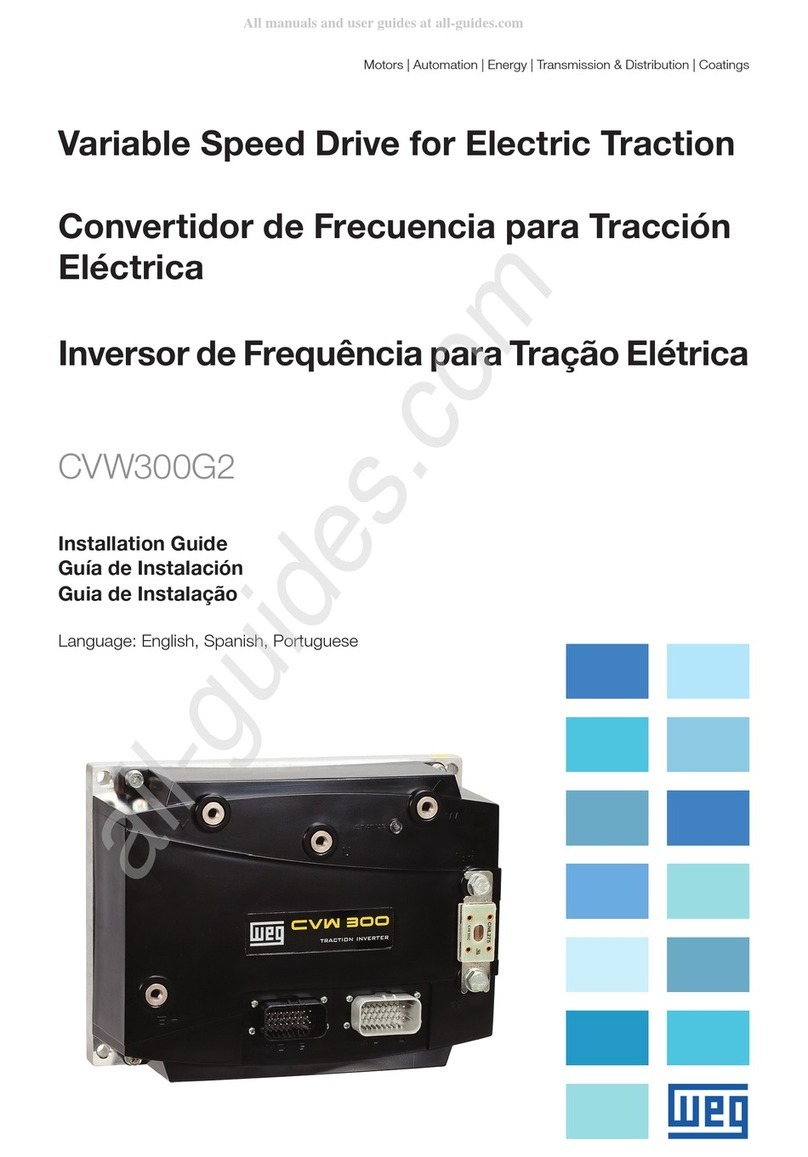
Philips
Philips CVW300G2 installation guide
